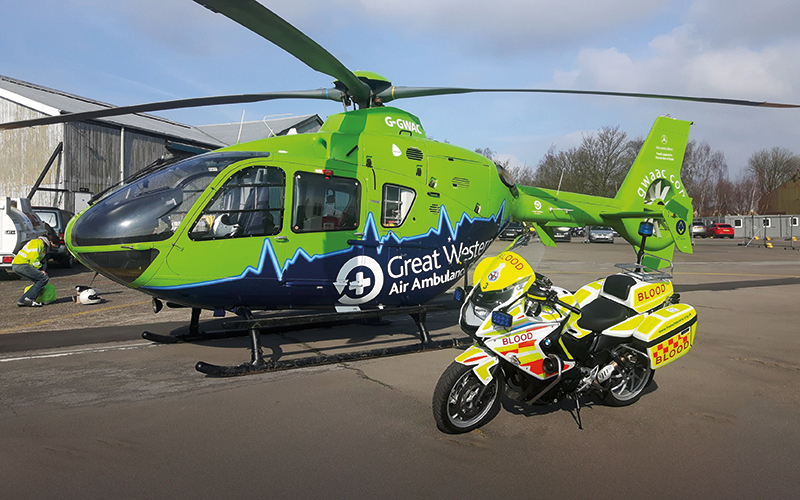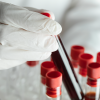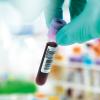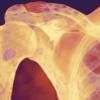John Stepney, Chairman of the Nationwide Association of Blood Bikes (NABB), outlines the charity’s work and achievements and some of the challenges faced over recent years.

Many of you will already be familiar with Blood Bikes, but for some, the topic may be new. Blood Bikes are run by unpaid volunteers and provide a professional rapid response courier service, free of charge to the NHS and HSE. Each regional Blood Bike group is a registered charity in its own right, operating to defined Service Level Agreements with their client hospitals. The Blood Bike “industry” can trace its roots to the early 1960s, when Margaret Ryerson set up a group of volunteer bikers to respond to hospital requests for urgent transport in support of patient treatment.
Blood Bike groups receive no government funding, so each group is responsible for fundraising to meet its running costs. The service provided adheres to standards as defined by the Medicines and Healthcare products Regulatory Agency (MHRA), The National Institute for Health and Care Excellence (NICE), and all road traffic and transport legislation.
The 600+ hospitals and laboratories that currently use Blood Bikes will typically request their local group to move blood, platelets, plasma, tissue samples, human donor milk, pharmaceuticals and surgical instruments, which are very often for a specific patient. These requests can vary in urgency from “sometime today will do”, to a “blue light” response, provided by some groups, where a patient’s outcome may depend on rapid treatment. Two examples of the latter, from different hospitals, are:
- A patient with septic arthritis was in theatre. Samples were taken and the patient was held under anaesthetic while the samples were transferred by blood bike under blue light for testing. Further surgery was indicated to ensure complete removal of infected tissue, an appropriate antibiotic was administered and the patient was moved to recovery.
- A patient was a critically ill, young lady having undergone a placental abruption in her home, which resulted in her baby being delivered by Caesarean section at the road side. The patient continued to bleed throughout the day with many blood products being used. Despite our routine runs being used to restock products she continued to use products quicker than we could replenish. Having run out of a frozen component that is rich in fibrinogen we asked Blood Bikes to move RiaSTAP (a fibrinogen concentrate) urgently as a blue light. This patient received more than 50 blood components.
Please click here to read the full article.
Image Credit | GWAA




